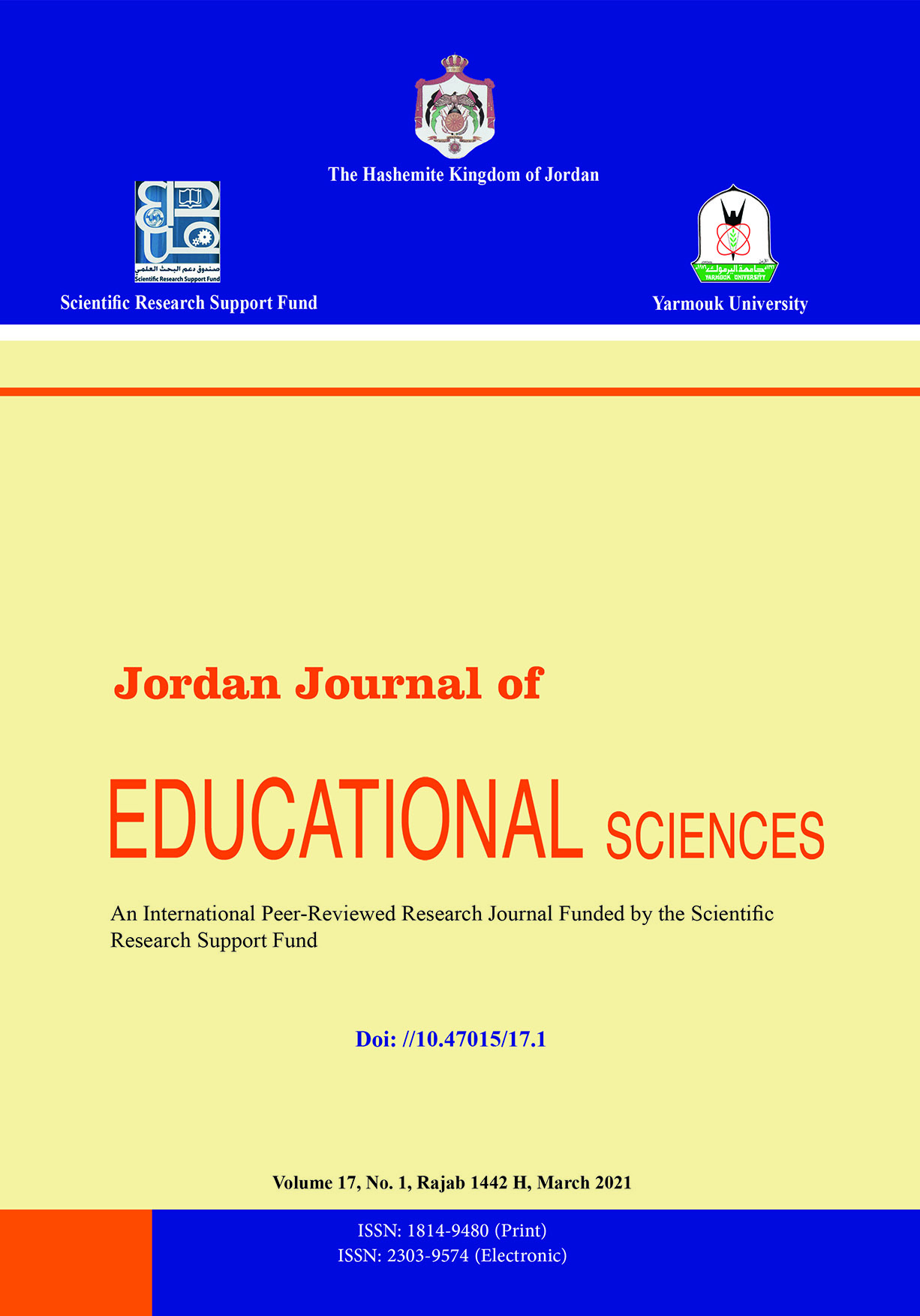The Impact of Teaching Science by Strategies that Stimulate Neural Branching on Eighth Grade Student's Performance in Visuospatial and Verbal Working Memory Capacities
Keywords:
Neural Branching, Visuospatial Working Memory Capacity, Verbal Working Memory Capacity, Hypothetical Thinking, Science Learning, Web AnalysisAbstract
The purpose of this study was to reveal the effect of teaching science using strategies that stimulate neural branching on visuospatial and verbal working memory capacities. The study sample consisted of (197) students divided into two experimental groups and a control group. The first experimental group was taught using strategies that stimulate neural branching: hypothetical thinking, application of symbol systems, analysis of point view, and web analysis, while the second experimental group was taught using the same strategies supported by technology. However, the control group was taught using conventional instruction. To answer the research questions "odd one out "and "recall listening span" tests were used. The results showed significant differences in the visuospatial working memory capacity in favor of the experimental groups. There were no significant differences between the groups in the verbal working memory

